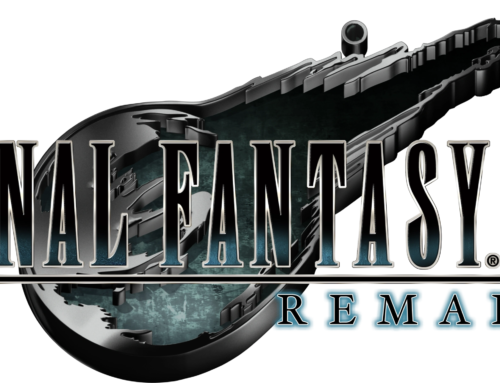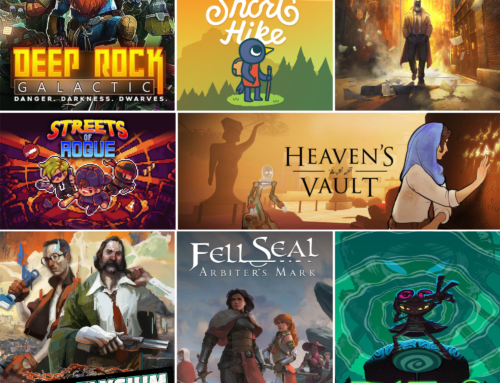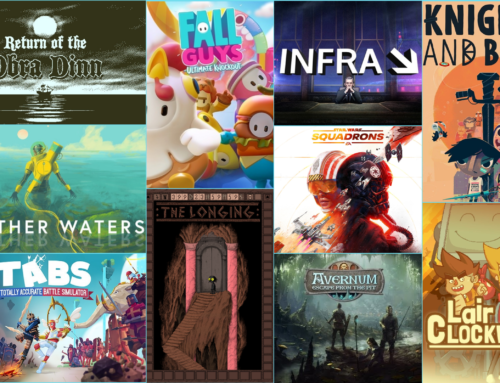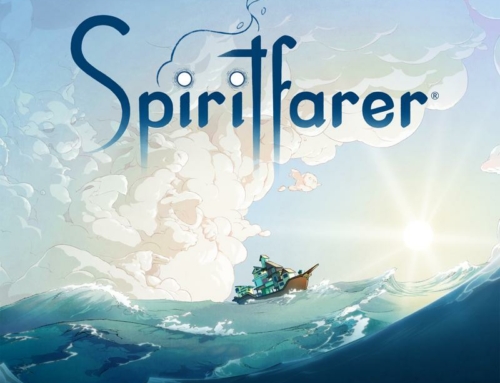An Open Letter Series
Welcome to Game Club, where once a month I discuss a game with the esteemed Joanna Tova Price. This week, we’re talking about two short games: Longest Night (2013/2015) and Lost Constellation (2014). Given that the games are short, free, and easy to play, you should play them before reading these letters. This is the third etter in a four-letter series. You can find Part One here, Part Two here, and Part Four here. Spoilers within.
Hey Joanna,
To take your last point first: it is absolutely true that ‘free-to-play’ has really muddied the waters in how people think and feel about “free” games. This is, of course, entirely on purpose; they have attempted to entice people via the positive associations with freeness (“free ice cream cone day!”) and instead built a business model that is anything but free, that relies on people irrationally spending huge sums of money on these games – far more than they’d ever spend on traditional games. The ethics of this are definitely a different conversation; my only point is that we as a culture need to build a linguistic wall between free and free-to-play (can we just call them “microtransaction games?”) so as not to tarnish the beauty of art given freely. It is also worth noting that many people feel that they cannot afford videogames, because they do not have a blazing-fast computer (or console) and cannot afford to drop $60 for a new video game. One of my goals as a gaming librarian is to educate people on the fact that there are an enormous number of high-quality free games, and that most of them can be run on whatever old machine they have lying around their house. Of course, as people abandon traditional quasi-open computers in favor of walled garden smartphones and tablets, this may change, but for now it is a good and present thing.
Anyway – there is a certain comfort I take in discomfort. When I say I find these games warm, perhaps it is because they seem so *human* to me, and at their best I really like people. Naturalistic dialog and challenging ambiguity make it easy for me to empathize with the characters and inhabit their world alongside them. To contrast, in most video games I am either a mechanical operator or an outsider looking in. Games in which I feel like I *belong,* like I have a narrative stake, are my favorite in the medium. I do wish I had better words to describe this experience – but of course that’s half the reason we write these letters, to try and develop the language and sharpen our thoughts.
I absolutely know what you mean about the issues of narrative delivery in AAA games. This could be a full article in itself, but I think there are basically two things going on in those cases. One is what you gesture at – that there are *so many* systems underlying the game that the player is asked to engage in, and each has to be represented in the UI, that anything relating to narrative gets crowded out. But the second is that in the AAA mindset, narrative is just one ‘piece’ of an assembled-by-committee puzzle. This is frankly weird, because in traditional understanding of narrative art, narrative is the blueprint, the bedrock, and the glue that holds everything else together – it cannot be sidelined or compartmentalized. And yet in a lot of AAA design, the level designers – the people building the actual world you will inhabit – are in a different office than the people telling the story of that world. This results in a lot of problems, and this culture is depressingly lampooned in Tom Bissel and Matthew S. Burns’ The Writer Will Do Something. This isn’t really a problem in games where the player is ‘telling their own story’ (sandbox games, etc.) but most AAA games occupy a middle ground between the two extremes.
This is one of the reasons I like small, indie games; not out of any sense of rebellion to commercial culture, but because they are, by necessity, focused on doing a few things; the best will do those few things very well, and have a clarity that larger games will not. This also gives them more room to experiment with the weird and wooly – things that just aren’t fleshed-out enough to support a 40-hour title can be wonderful for 60 minutes.
In terms of pacing – I took no issue with Lost Constellation‘s pacing, but that’s likely just a product of the immersion for me. For the first few hours of a game, I’m really into it (if it clicks for me) and won’t start developing impatience until a ways in. The end credits of Lost Constellation rolled before that had a chance to happen. It has enough discreet changes of scenery that if does have a clear forward momentum, and that’s enough for me (if the entire game was wandering through the woods, I probably would have become a little restless).
Finally – I asked about screenshots because one of the places where Lost Constellation goes above-and-beyond is the game-within-a-game where you build your own snowman. It features a built-in screenshotting functionality, so you don’t need to use any external programs; you just click an on-screen button and it places the image as a jpeg on your desktop. Here is one of mine:
It’s also worth noting that you can set various screenshotting programs to automatically take screenshots at regular intervals while you play. This means you don’t need to break immersion, and the screenshots are more ‘authentic’ because they are not staged. I am happy to teach you how to do this if you are interested!
-Dylan







[…] [this letter is in reply to a letter over at Dylan’s blog] […]
[…] these letters. This is the first letter in a four-letter series. You can find Part Two here, Part Three here and Part Four here. Spoilers within. Dear […]
[…] a four-part series. This is in reply to Dylan’s letter. You can see his response to this post here, and my final reply, finishing the series, […]